Unit 1 Overview: The Global Tapestry
Welcome to AP World History Unit 1
Embarking on the study of AP World History is an exciting journey through the rich tapestry of human civilization from 1200 CE to the present day. This comprehensive course is divided into nine units, beginning with Unit 1, “The Global Tapestry.” In this unit, we delve into the political and social developments that shaped the world during the period 1200-1450 CE.
This foundational period sets the stage for understanding the interconnectedness of global societies. Unit 1 focuses on political trends, while Unit 2 transitions into economic developments, although the overlap between these themes is undeniable. Let’s explore the intricate threads that make up the Global Tapestry.
Periodizing Time Period 1: 1200-1450 CE
One of the critical skills you’ll develop in this unit is periodization—the ability to divide history into meaningful and manageable segments. Historians use turning points to identify the boundaries of historical periods, and the years 1200-1450 represent a transformative era.
Why Start at 1200?
The year 1200 marks the growth and consolidation of several powerful empires and civilizations following the post-classical period (after the fall of Rome in 476 CE). These include:
Byzantine Empire: Continuing as a bastion of Christian power in Eastern Europe.
African Empires: Such as Ghana, Mali, and Songhai, thriving through trade and cultural innovation.
Song Dynasty in China: A golden age of technological and cultural achievements.
Delhi Sultanate in India: Introducing Islamic influence in South Asia.
Abbasid Caliphate: Central to the Islamic Golden Age.
Why End at 1450?
The period concludes in 1450, a turning point marked by:
The rise of the Renaissance in Europe, signifying the end of the so-called “Dark Ages.”
The fall of the Byzantine Empire in 1453.
The beginning of European colonization and the Age of Exploration.
This period is characterized by significant cultural, political, and technological advancements, particularly in Afro-Eurasia.
What to Expect in Unit 1
Unit 1 explores the political landscapes across major regions, emphasizing the interconnectedness of societies through trade, diplomacy, and cultural exchanges. The unit also introduces SPICE themes (Social, Political, Interactions with the Environment, Culture, Economics, and Technology), which serve as a framework for comparison and analysis.
Key Trends in Afro-Eurasia
1. Africa
Africa was home to thriving empires and rich cultural traditions during this period. Key highlights include:
Empires of Ghana, Mali, and Songhai:
Prosperity driven by gold and salt trade.
The rise of influential leaders like Mansa Musa, renowned for his wealth and pilgrimage to Mecca.
Swahili Coast:
Flourishing trade cities like Kilwa and Mombasa, facilitating exchanges between Africa, the Middle East, and Asia.
Cultural Achievements:
The Epic of Sundiata, recounting the founding of Mali.
A vibrant oral tradition preserved by griots (storytellers).
2. Europe
Europe was divided into Western and Eastern regions, each with distinct characteristics:
Western Europe:
Feudalism dominated political structures, with a rigid class hierarchy.
The Catholic Church played a central role, influencing both governance and culture.
The so-called “Dark Ages” was a period of stagnation relative to the flourishing cultures of the Middle East and Asia.
Eastern Europe:
The Byzantine Empire thrived, preserving classical knowledge and fostering the Eastern Orthodox Church.
The Mongols established the Golden Horde in Russia, influencing its political and economic systems.
3. Asia
China:
The Song Dynasty exemplified innovation with advances in printing, gunpowder, and navigation.
The Yuan Dynasty, established by the Mongols, expanded trade networks like the Silk Road.
Middle East (Dar al-Islam):
The Abbasid Caliphate represented the Islamic Golden Age, fostering scientific and cultural achievements.
The spread of Islam unified vast regions through shared faith and governance.
4. The Americas
The Americas developed unique civilizations, distinct from Afro-Eurasian influences due to geographic isolation.
Aztec Empire:
Known for its capital Tenochtitlán, advanced agricultural techniques, and human sacrifices.
Inca Empire:
Renowned for its road systems, terrace farming, and centralized administration.
Significant Figures and Works
Mansa Musa
Mansa Musa, the 14th-century ruler of Mali, is celebrated as one of the wealthiest individuals in history. His pilgrimage to Mecca in 1324 showcased Mali’s prosperity and established its place on the global stage. Musa’s reign also emphasized education and architecture, with the construction of mosques and libraries in Timbuktu.
Epic of Sundiata
The Epic of Sundiata recounts the life of Sundiata Keita, the founder of the Mali Empire. This oral history, preserved by griots, highlights themes of resilience, leadership, and unity, serving as a cornerstone of West African culture.
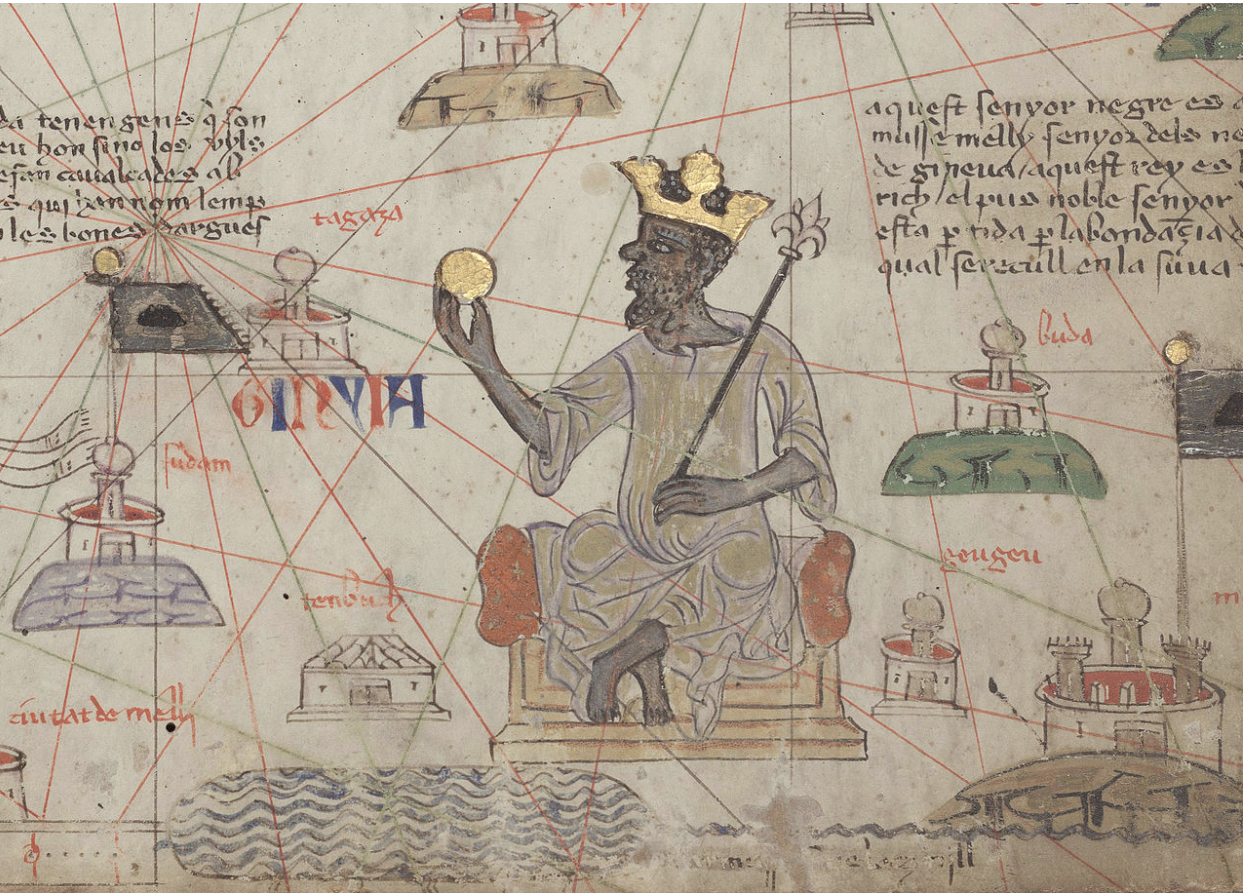
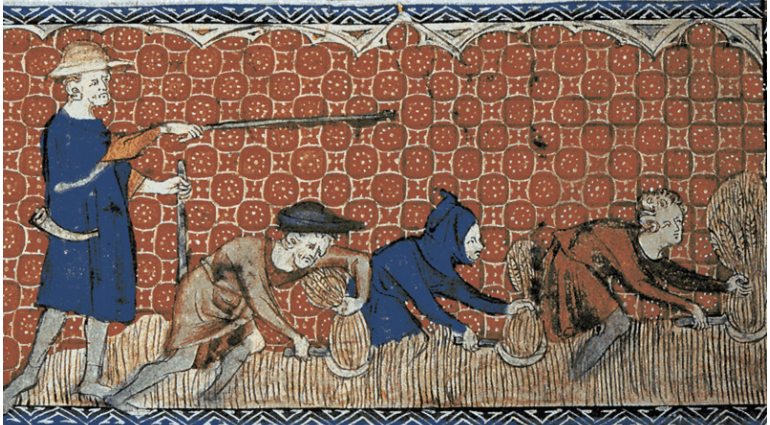
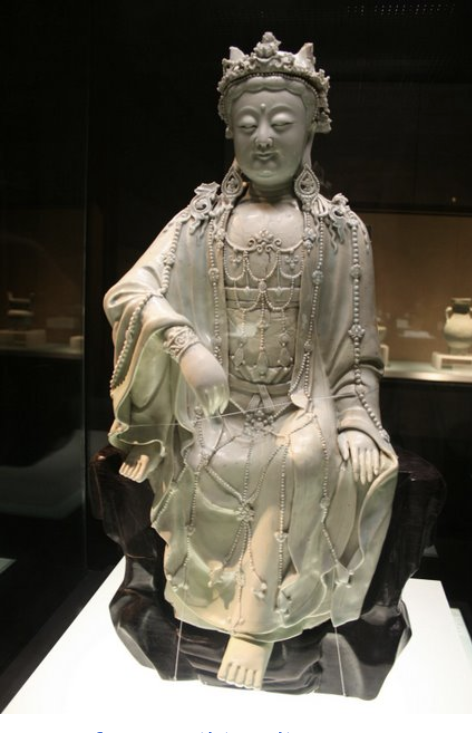
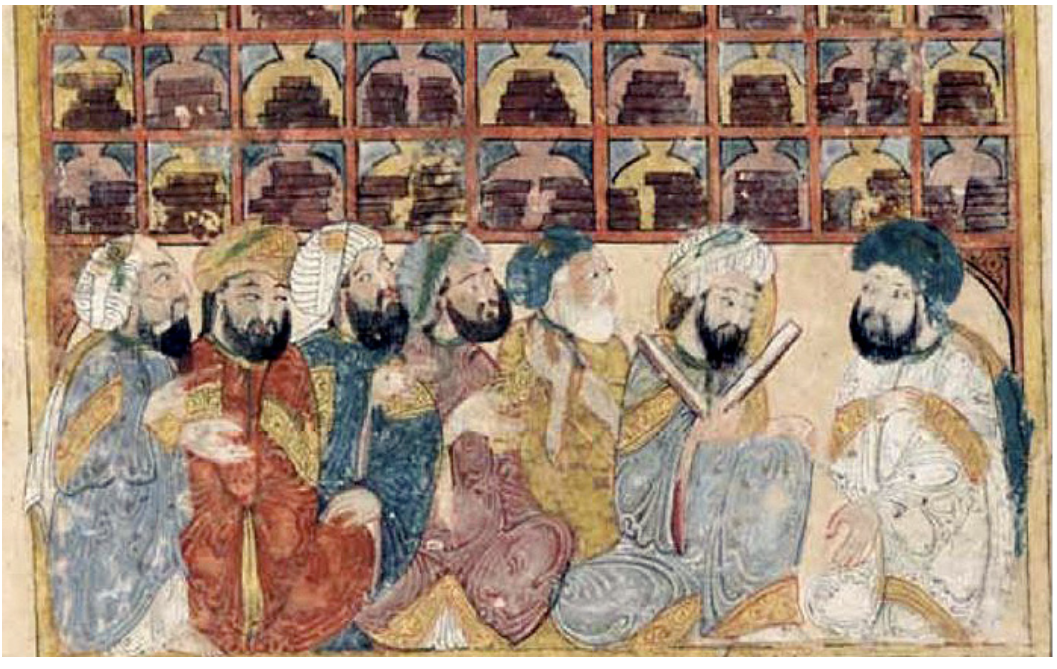
Cultural and Technological Trends
Trade Networks
Trade routes played a pivotal role in connecting civilizations, facilitating the exchange of goods, ideas, and technologies:
Silk Road: Linking China with Europe.
Indian Ocean Trade: Connecting Africa, the Middle East, and Asia.
Trans-Saharan Routes: Facilitating trade across North and West Africa.
Inca Road System: Supporting communication and trade within the Inca Empire.
Religion and Philosophy
Religious and philosophical movements unified regions and inspired cultural achievements:
Islam: Spread across Africa, the Middle East, and South Asia, influencing art, architecture, and governance.
Buddhism: Continued to shape societies in East and Southeast Asia.
Eastern Orthodox Christianity: Strengthened cultural identity in the Byzantine Empire.
Technological Advances
Innovations during this period included:
Printing and paper money in China.
Maritime technology like the compass and dhow ships.
Agricultural techniques such as terracing and irrigation.
Skills for Success: Continuity and Change Over Time
As you study Unit 1, focus on identifying patterns of continuity and change. For example:
Continuities:
The central role of trade in fostering connections.
The influence of religion on governance and culture.
Changes:
The rise and fall of empires.
The spread of technologies and ideas across regions.
Review Questions
What factors contributed to the rise of empires like Mali and the Song Dynasty?
How did trade routes influence the political and cultural landscapes of Afro-Eurasia?
What were the key differences between Western and Eastern Europe during this period?
How did geographic isolation shape the development of civilizations in the Americas?
Describe the role of religion in unifying and governing societies during 1200-1450.
Conclusion
Unit 1 of AP World History introduces the interconnected world of 1200-1450 CE, a period marked by dynamic political, cultural, and technological developments. By exploring the Global Tapestry, you gain insight into the foundations of modern civilization and the intricate web of interactions that shaped our shared history. Mastering this unit sets the stage for deeper exploration of the themes that define human progress.
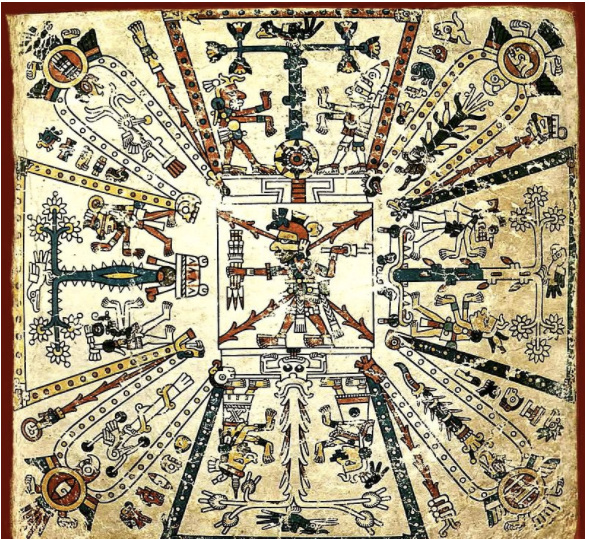
50 Highly Trending FAQs About “The Global Tapestry”
1. What is “The Global Tapestry” in world history? “The Global Tapestry” refers to a framework in world history that highlights the interconnections and developments of societies around the world between 1200 and 1450 CE. It emphasizes cultural, political, economic, and technological exchanges.
2. Why is the period 1200-1450 significant in history? This period saw the rise of major empires, increased trade networks like the Silk Roads and Indian Ocean trade, and cultural diffusion through interactions among civilizations.
3. What are the key themes of “The Global Tapestry”? Key themes include:
State-building and governance
Expansion of trade networks
Cultural and technological exchanges
Growth of major religions
Interactions between societies
4. Which empires were prominent during “The Global Tapestry” period? Prominent empires included:
Song Dynasty (China)
Abbasid Caliphate (Middle East)
Delhi Sultanate (India)
Mali Empire (West Africa)
Byzantine Empire (Europe)
Aztec and Inca civilizations (Americas)
5. How did the Song Dynasty contribute to “The Global Tapestry”? The Song Dynasty (960-1279 CE) was a hub of innovation, contributing advancements like gunpowder, the compass, and paper money. It also promoted Confucianism and maritime trade.
6. What role did the Abbasid Caliphate play in “The Global Tapestry”? The Abbasid Caliphate (750-1258 CE) facilitated cultural and scientific advancements in the Islamic Golden Age, fostering trade and knowledge exchange across Eurasia.
7. How did the Indian Ocean trade network connect societies? The Indian Ocean trade network linked East Africa, the Middle East, South Asia, and Southeast Asia, allowing the exchange of goods, religions, and technologies.
8. What impact did the Silk Roads have on “The Global Tapestry”? The Silk Roads connected Asia, the Middle East, and Europe, facilitating the trade of silk, spices, and ideas, including Buddhism and Islam.
9. How did the Delhi Sultanate shape Indian history during this period? The Delhi Sultanate (1206-1526 CE) established Islamic rule in India, promoting cultural synthesis between Hindu and Islamic traditions.
10. What was the significance of the Mali Empire? The Mali Empire (1235-1600 CE) was a major center of wealth and learning in West Africa, known for figures like Mansa Musa and the city of Timbuktu.
11. How did religion spread during “The Global Tapestry”? Major religions like Islam, Buddhism, Hinduism, and Christianity spread through trade, conquest, and missionary activities, influencing cultures worldwide.
12. What technological innovations emerged during this period? Innovations included:
Gunpowder (China)
Printing press (early forms in Asia)
Navigation tools like the astrolabe and compass
Agricultural advancements like the Champa rice
13. How did the Mongols influence “The Global Tapestry”? The Mongols created the largest contiguous empire in history, facilitating trade, cultural exchange, and the spread of technologies and ideas across Eurasia.
14. What role did Europe play in “The Global Tapestry”? Europe experienced the High Middle Ages, with developments in feudalism, the growth of cities, and the beginnings of the Renaissance, influenced by exchanges with the Islamic world and Asia.
15. How did the Aztec and Inca civilizations contribute to “The Global Tapestry”? The Aztecs and Incas developed advanced political systems, monumental architecture, and agricultural innovations like terrace farming.
16. What was the importance of Timbuktu? Timbuktu, in the Mali Empire, was a major center of trade and Islamic learning, housing famous libraries and attracting scholars from across the Islamic world.
17. How did trade routes impact cultural exchange? Trade routes like the Silk Roads and Indian Ocean network enabled the exchange of goods, religions, languages, and ideas, fostering global interconnectedness.
18. What is the significance of Champa rice? Champa rice, introduced to China from Vietnam, increased agricultural productivity, supporting population growth and urbanization during the Song Dynasty.
19. How did the Byzantine Empire influence Europe and Asia? The Byzantine Empire preserved Greco-Roman traditions, influenced Eastern Orthodox Christianity, and served as a cultural and economic bridge between Europe and Asia.
20. What were the main trade goods during this period? Trade goods included silk, spices, gold, silver, porcelain, textiles, and slaves, with luxury items dominating long-distance trade.
21. How did the Crusades affect “The Global Tapestry”? The Crusades facilitated cultural and technological exchanges between Europe and the Islamic world, influencing trade, science, and art in Europe.
22. How did the environment shape societies during this period? Environmental factors like climate, geography, and natural resources influenced agricultural practices, trade routes, and urban development.
23. How did women’s roles differ across societies in “The Global Tapestry”? Women’s roles varied, from influential figures in Islamic societies (e.g., Khadijah) to household managers in Confucian China and priestesses in Mesoamerican cultures.
24. What was the role of feudalism in Europe? Feudalism structured medieval European society, with lords offering protection and land to vassals in exchange for loyalty and service.
25. How did Islamic scholars contribute to science and technology? Islamic scholars advanced fields like astronomy, medicine, mathematics, and engineering, preserving and building upon Greco-Roman knowledge.
26. What were the main architectural achievements of this period? Architectural achievements included Gothic cathedrals in Europe, mosques in the Islamic world, and pyramids in Mesoamerica.
27. How did the Yuan Dynasty impact China? The Yuan Dynasty, established by the Mongols, unified China, promoted trade, and integrated Chinese and Mongol administrative practices.
28. What was the impact of the Black Death? The Black Death, a pandemic in the 14th century, drastically reduced populations, disrupted economies, and changed social structures in Europe and Asia.
29. How did the Indian Ocean trade differ from the Silk Roads? The Indian Ocean trade relied on maritime routes and monsoon winds, facilitating bulk goods exchange, while the Silk Roads were land-based and focused on luxury items.
30. What is the significance of the Swahili Coast? The Swahili Coast connected Africa to the Indian Ocean trade, blending African, Arab, and Asian cultures through trade and Islam.
31. How did the Renaissance connect to “The Global Tapestry”? The Renaissance, emerging in late medieval Europe, was influenced by knowledge and ideas from the Islamic world and classical antiquity, facilitated by trade networks.
32. What was the role of merchant diasporas? Merchant diasporas, such as Muslim and Jewish traders, facilitated cross-cultural exchanges, spreading goods, ideas, and technologies across regions.
33. How did Hinduism and Buddhism spread during this period? Hinduism and Buddhism spread through trade, pilgrimage, and missionary efforts, influencing Southeast Asia and East Asia.
34. How did technological innovations improve navigation? Innovations like the magnetic compass, astrolabe, and advanced ship designs (e.g., dhows and junks) enhanced long-distance maritime navigation.
35. How did Mongol rule impact trade? The Pax Mongolica created stability and safety along trade routes, boosting commerce and cultural exchanges across Eurasia.
36. What was the role of paper money? Paper money, first used in China during the Song Dynasty, facilitated trade by providing a convenient medium of exchange compared to heavy coins.
37. How did the Mamluk Sultanate contribute to “The Global Tapestry”? The Mamluk Sultanate controlled Egypt and the Levant, fostering trade, preserving Islamic culture, and resisting Mongol expansion.
38. What were the main religious conflicts during this period? Conflicts included the Crusades, Sunni-Shia divisions in Islam, and Hindu-Muslim interactions in India.
39. How did urbanization shape societies? Urban centers like Baghdad, Timbuktu, and Hangzhou became hubs of trade, learning, and cultural exchange, shaping economic and social structures.
40. How did the environment impact trade networks? Factors like monsoon winds in the Indian Ocean and desert conditions along the Trans-Saharan trade routes shaped the development and efficiency of trade networks.
41. How did the Inca road system support their empire? The Inca road system facilitated communication, trade, and military movement across the mountainous Andean terrain.
42. How did religions adapt to local cultures? Religions like Islam, Christianity, and Buddhism adapted to local traditions, blending practices to create unique cultural expressions.
43. How did slavery function in “The Global Tapestry”? Slavery was widespread, with enslaved people used in agriculture, households, and trade. The Trans-Saharan and Indian Ocean trades facilitated the movement of enslaved individuals.
44. What were the intellectual centers of this period? Centers like Baghdad, Timbuktu, and Nalanda preserved and advanced knowledge in science, philosophy, and literature.
45. How did trade routes influence language spread? Trade facilitated the spread of languages like Arabic, Swahili, and Chinese, fostering cross-cultural communication.
46. How did Southeast Asia benefit from trade? Southeast Asia’s strategic location in the Indian Ocean trade brought wealth, cultural diffusion, and the spread of Hinduism and Buddhism.
47. What role did the Ottoman Empire play in “The Global Tapestry”? Though emerging later in this period, the Ottoman Empire controlled key trade routes and bridged Europe, Asia, and Africa culturally and economically.
48. How did art reflect the interconnectedness of societies? Art during this period often incorporated motifs and techniques from different cultures, reflecting the exchange of ideas through trade and conquest.
49. How did taxation support state-building? States like the Song Dynasty and Mali Empire used taxation of trade and agriculture to fund administration, military, and infrastructure.
50. How does “The Global Tapestry” inform modern understanding of globalization? “The Global Tapestry” illustrates early examples of interconnectedness and cultural diffusion, highlighting the roots of modern globalization.







